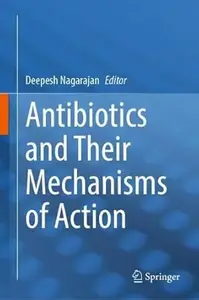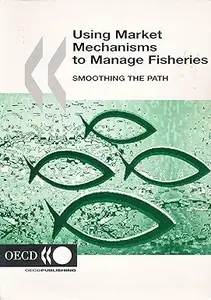 Free Download Protestantism and Capitalism: The Mechanisms of Influence (Sociology & Economics Series) by Jere Cohen
Free Download Protestantism and Capitalism: The Mechanisms of Influence (Sociology & Economics Series) by Jere Cohen
English | January 1, 2002 | ISBN: 0202306720 | 296 pages | PDF | 10 Mb
Arguably, the most important single work in classical sociology is Max Weber’s thesis on how Protestantism makes its impact on capitalism. Cohen’s argument is that Protestantism affects capitalism in several different ways. Each is linked as a separate mechanism of influence, and may therefore be assessed separately. Weber himself stated or suggested several possible mechanisms of influence. Protestantism gave the spirit of capitalism its duty to profit and thus helped to legitimate capitalism. Its religious asceticism also produced personalities well-suited for work discipline. Finally, the new turn in Christian doctrine contributed to the quest to prove one’s salvation, because God’s favor could be shown through business success.Cohen’s argument is that some of these processes worked as Weber indicated and others did not. This makes a blanket assessment of his famous thesis inappropriate. The Weber thesis has been difficult to prove or disprove because the refutation of some suggested mechanisms still leaves others viable. Only a comprehensive testing of all of Weber’s sub-hypotheses can provide a proper assessment of his work. By simultaneously examining these sub-texts, the author pulls together Weber’s arguments and points of criticism. The book juxtaposes historical evidence pro and con.Cohen revisits, reexamines, and tests the classic Weberian thesis that the beliefs and presuppositions of the English Puritans, rather than the forces of economic determinism, ushered in the era of modern capitalism. He divides Weber’s single argument into two main mechanisms of influence: one behavioral, confined to which Puritan tenets in particular affected a believer’s economic activity; the other, a more prevalent and far-reaching cultural mechanism, which became part of the mainstream. By taking advantage of present day information, including recently discovered diaries of two seventeenth-century Puritan merchants, Cohen’s text sums up many years of argument in the journal literature. The book will find a place in a wide range of courses, from sociology of religion, sociological theory, social economics, political science, to European history.Jere Cohen, a sociologist at the University of Maryland in Baltimore County, is the author of numerous journal articles, many of them also dealing with Max Weber and his Protestant Ethic thesis.
(more…)










